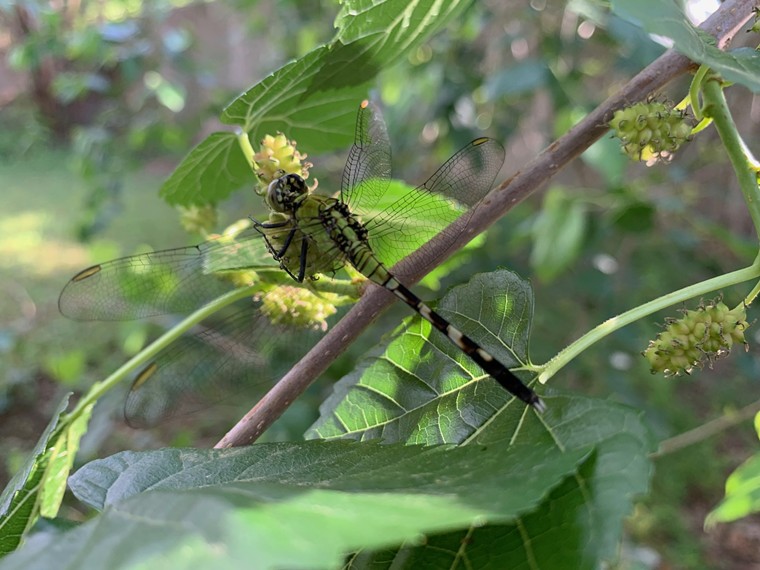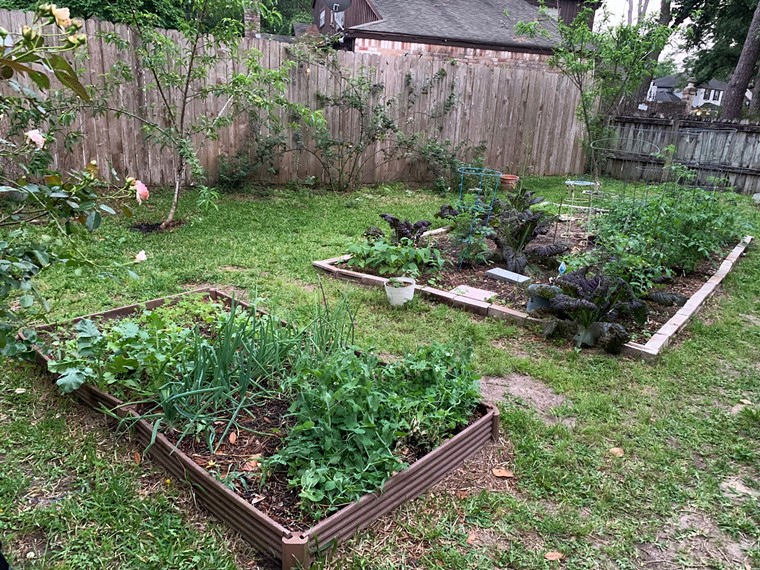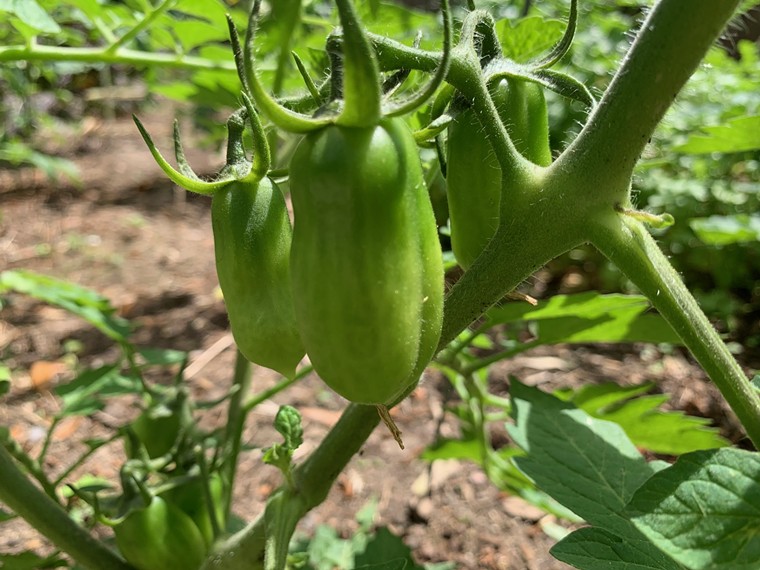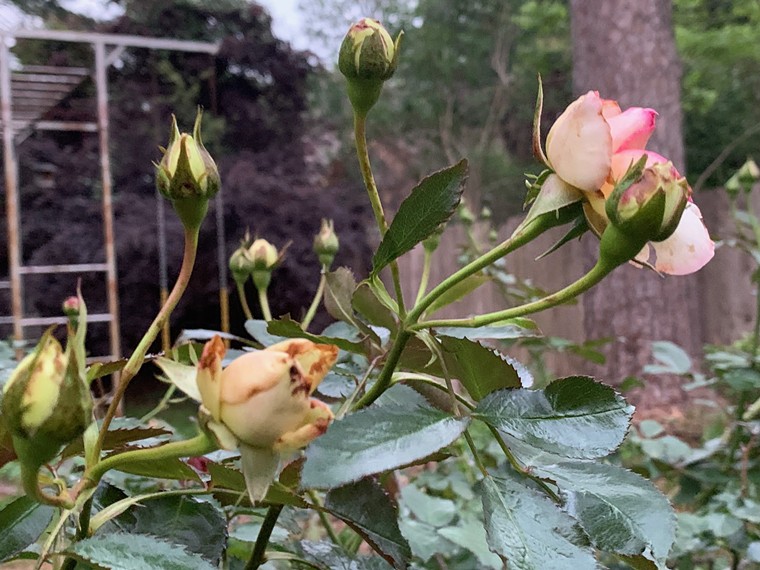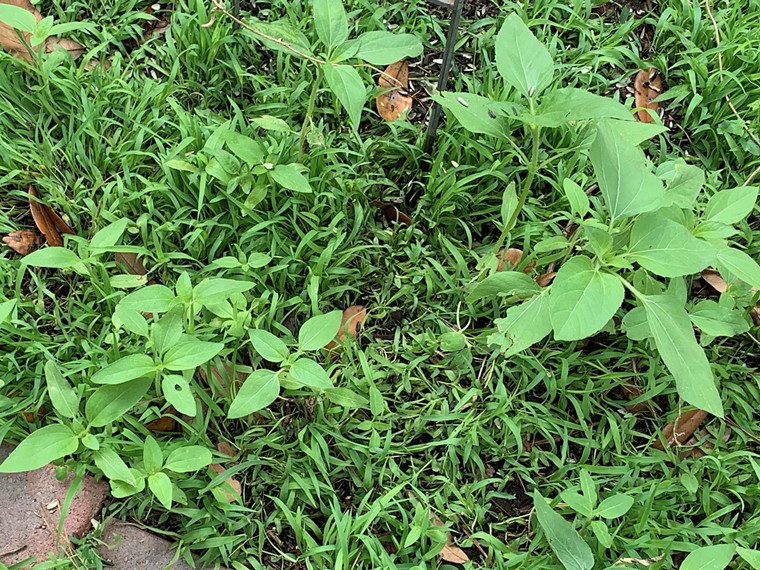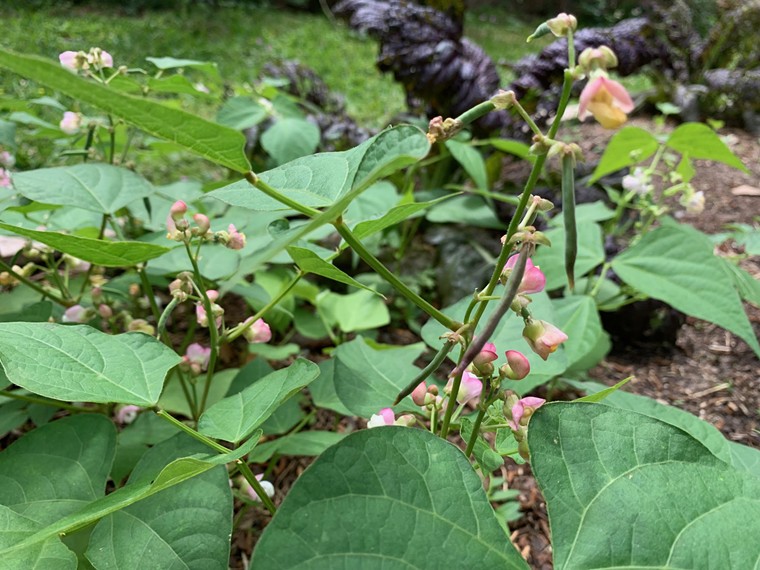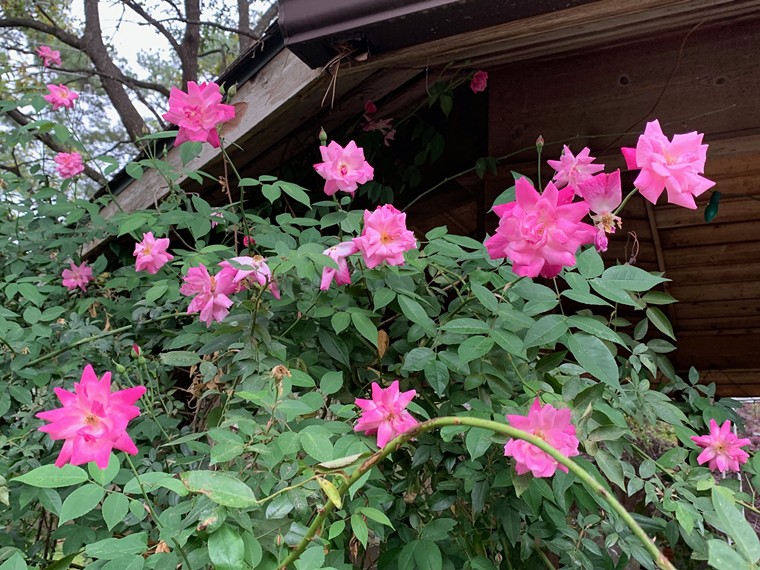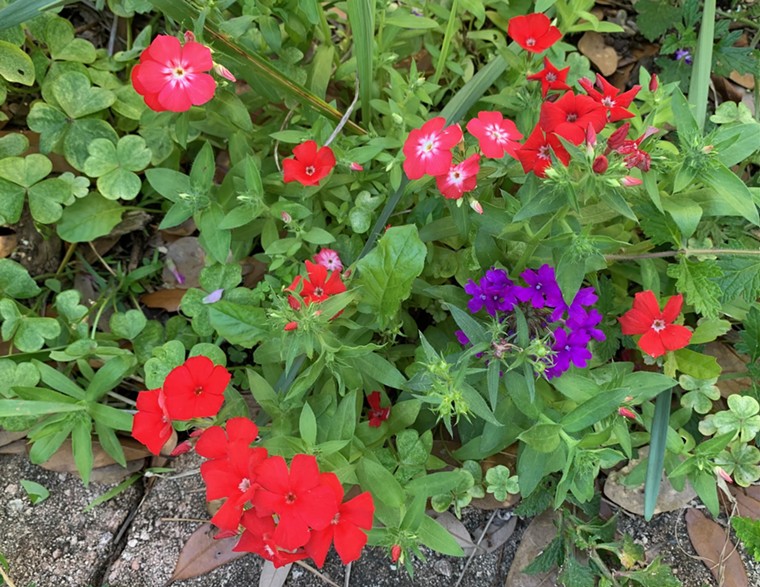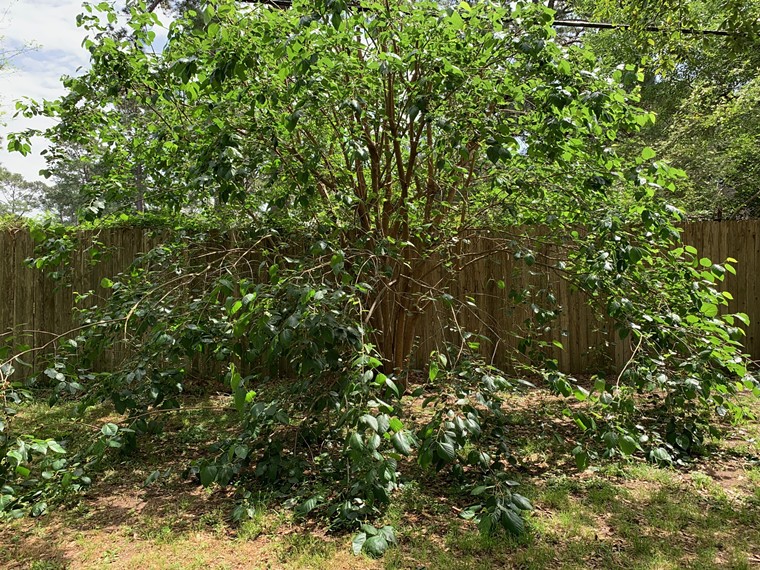Support Us
Houston's independent source of
local news and culture
account
- Welcome,
Insider - Login
- My Account
- My Newsletters
- Contribute
- Contact Us
- Sign out
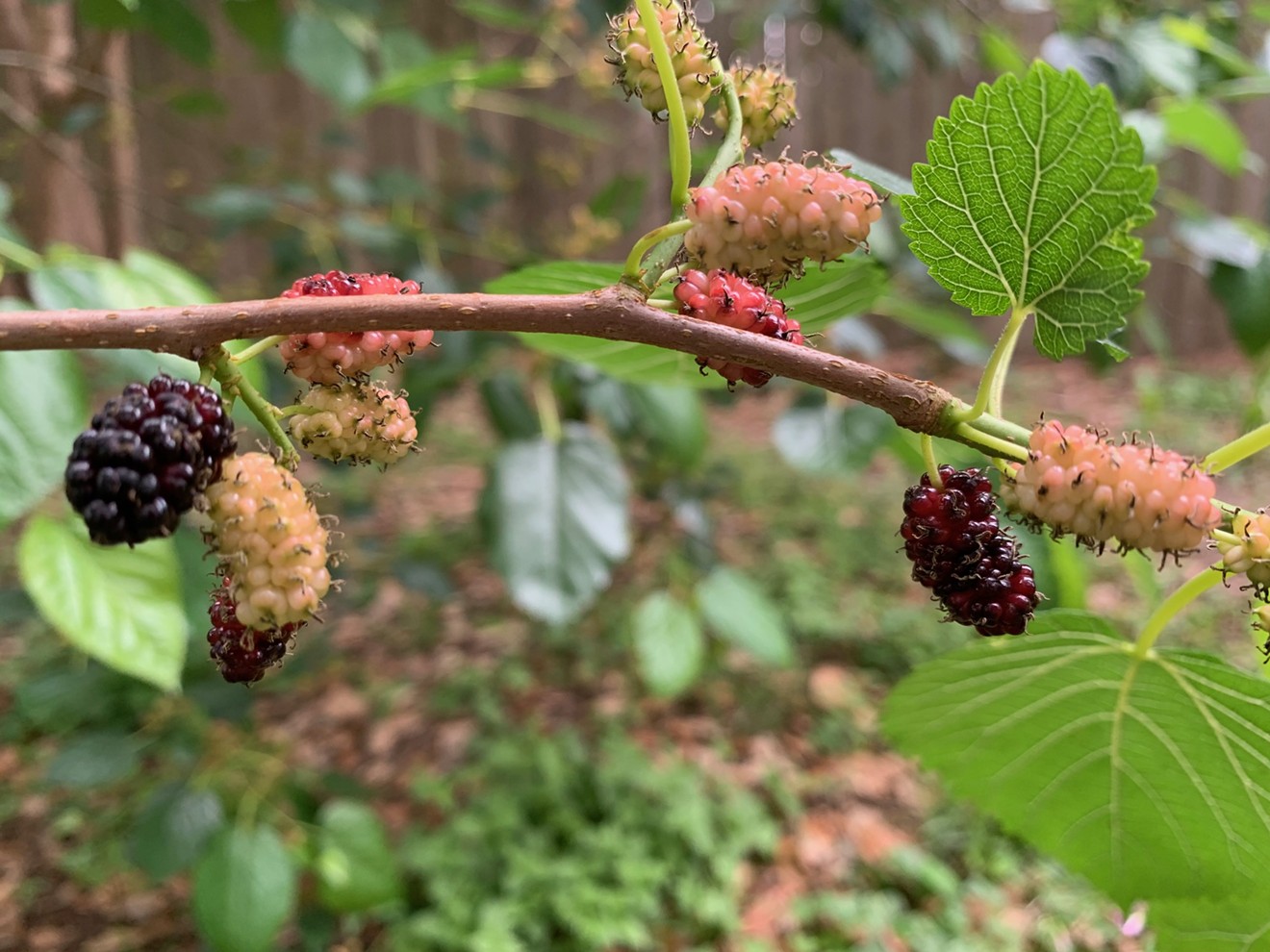
The weather is berry nice in April.
Photo by Lorretta Ruggiero
[
{
"name": "Related Stories / Support Us Combo",
"component": "11591218",
"insertPoint": "4",
"requiredCountToDisplay": "4"
},{
"name": "Air - Billboard - Inline Content",
"component": "11591214",
"insertPoint": "2/3",
"requiredCountToDisplay": "7"
},{
"name": "R1 - Beta - Mobile Only",
"component": "12287027",
"insertPoint": "8",
"requiredCountToDisplay": "8"
},{
"name": "Air - MediumRectangle - Inline Content - Mobile Display Size 2",
"component": "11591215",
"insertPoint": "12",
"requiredCountToDisplay": "12"
},{
"name": "Air - MediumRectangle - Inline Content - Mobile Display Size 2",
"component": "11591215",
"insertPoint": "4th",
"startingPoint": "16",
"requiredCountToDisplay": "12"
}
]
We don't often say it in Houston but the weather the past month has been nearly perfect. There have been spots of torrential downpours and gusty winds but the heat and the humidity were surprisingly absent for much of March. And April is starting off quite beautifully.
The mild weather has meant that some plants that prefer cooler temperatures are still thriving. Dianthus, delphiniums, snapdragons and lobelia are still blooming well in my garden. Though the azaleas, which bloomed wonderfully last month, have lost their blossoms, many roses are just getting started. And with those blooms come the bugs. Cue the Debbie Downer music.
While horticulture may be a science, gardening is also based a lot on luck. Each of our gardens is its own little microcosm and has particular needs that we can attend to, if Mother Nature smiles favorably upon us. But bugs and disease are also part of the natural world. Just as roses bud out, tomato flowers turn to fruit and berries begin to ripen, our little Edens are visited by pests that want their piece of the pie. And sometimes, more than their fair share.
Still, April is one of the loveliest months to enjoy your garden's progress. It's also a pleasant month for getting major landscape chores completed before the heat kicks in. The weather is perfect for weeding, mulching and clearing out beds. And there are still many edible and ornamental plants that can be put in the garden or pots this month.
Edibles
March was a busy month for vegetable growers. Most of us got our tomato plants in, sowed seeds for squash, beans and cucumbers and planted new fruit trees or plants. However, there are still some edibles that can be planted now or even a few that can be sown from seed this month. April is a great time to sow seeds of snap beans, okra, muskmelons, watermelons, lima beans (bleh), cucumber and Southern peas. Though it's a bit late for tomatoes, they can still be planted, especially a good-sized transplant. It's worth a try even if it's just a patio tomato in a pot. For gardeners with a lot of room, sweet corn can be sown from seed but make sure it's in a grid formation for pollination.
A number of vegetables can be planted from transplants right now including eggplant, peppers and sweet potato slips. Though cucumbers can still be sown from seed, it may be best to purchase transplants to get a jump on production.
Cool weather herbs such as cilantro and parsley can still be planted but cilantro will bolt once the weather gets warm. When parsley begins to flower, it lures in Black Swallowtail butterflies so it has a dual purpose as an edible and a wildlife draw. Dill is the same.
Chives, oregano, rosemary, sage and thyme can be purchased as plants and then potted in the garden or kept in pots on the balcony or patio. I have a massive potted oregano that has lasted outdoors for several seasons. I also grow lemon thyme because I prefer it to the common version. Onion chives put out pretty purple blooms in the summer while the white blooms of garlic chives are a menace. The white blooms throw out seeds everywhere. Garlic chives, as well as mint plants, should be potted rather than left to their nefarious devices in the garden.
For those who started early, April can be a time of harvesting. I will have Red Swan beans, English peas and radishes this week. By the end of April, I should be harvesting a few cherry tomatoes and even some peppers.
My unnamed peach tree is loaded with peaches this year. Unfortunately, a number of the fruit are doubles. I did some research and discovered that the brutal heat and drought of summer 2023 is the cause. Apparently, flower bud formation for most fruit trees happens in the summer. "Water stress and heat stress during carpel initiation in the developing flower buds will cause the production of multiple carpels in a single flower instead of the usual one carpel per flower, hence the double or triple fruit," according to galveston.agrilife.com. Because peach fruits need to be thinned out early in the season, I made sure to thin out the double or triple fruits first.
And it's not only fruit trees that are susceptible to doubles. My onions are creating split double bulbs as well, though that could be user error. I may have planted them too deeply or too late.
Flowers
The old expression "April showers bring May flowers" doesn't really apply to Houston. Our spring is nearly a month earlier than most of the country so we really depend on a fairly wet March to bring out April blooms. And so far, it's been an amenable 2024 weather-wise. While I lost a couple of plants to the hard freeze in mid-January, most are still coming back from the roots such as blue plumbago, lantana, salvia, jacobinia and Angel's Trumpet (brugmansia). However, the cool weather was awesome for my roses.
But, as Shakespeare wrote, "Ay, there's the rub." My Climbing Eden and New Dawn are covered with blooms. And thrips. Western flower thrips to be more specific. I have tried Neem oil and I have cleared out the garden litter under the plants, to no avail. Almost invisible to the naked eye, the minute insect devours the blooms of roses from within the bud so it's almost impossible to fight them. I even spray strong jets of water within the opening buds to get the thrips out. It's heartbreaking to watch hundreds of blooms open with dead, brown petals.
As an organic gardener, I try to avoid chemical pesticides but I have been tempted by the dark side with promises of non-scorched blooms. However, even the chemical controls are not very effective. So, I ease my heartbreak with other blooms.
And there are plenty of flowers that can be planted while the weather is mild. Cool weather options are giving way to annual bedding plants such as pentas, petunias, impatiens, vincas, phlox, verbenas and zinnias. Purslane and portulaca may be available as well.
There's still time to sow seeds for zinnias, cosmos and sunflowers though they won't bloom until summer. I started a sunflower garden under the bird feeders since I had so many sunflower volunteers anyway. Unfortunately, I forgot that I had put out a wild bird mix that had a lot of millet. Now, I have to pull all of the millet seedlings out. Gardening is fun.
Summer blooming bulbs such as dahlias, gladioli and calla lilies can still be planted. Be prepared to stake the taller growing varieties. And remind me, please, to stake the taller varieties. I seem to always forget.
Fertilizing
I personally know little about lawn care but for those who must have pretty turf, April is the last month for spring fertilizing the lawn but be careful not to overdo it. We often think more is better when it comes to adding nutrients to the soil but too much fertilizer can burn the roots of plants.
Roses should be fed as they start to put out new growth, which has already happened in most Houston gardens by now. I have added a granulated organic all-purpose fertilizer to my potted flowers, roses and vegetables. It's supposed to last for a month. Some gardeners have various fertilizers for different plants but I don't have the brain power to calculate percentages of nitrogen, phosphorus and potassium (N-K-P) for everything in my yard. I rely on soil amendments and the occasional use of all-purpose organic feeds. It works well enough for me.
Occasionally, I will use a liquid all-purpose organic fertilizer to feed my bedding flowers. However, I find that starting with a good soil mix is really the best way to go.
Pruning
Spring flowering shrubs such as azaleas should be pruned now that they are done blooming. However, it is mostly done to keep the shape or to manage the size. Cutting spring flowering plants too much may get rid of next year's blooms. I leave my azaleas alone except for clearing out dead branches.
My unknown climbing rose put on an amazing show of flowers in mid-March and I am still trying to deadhead the sucker. For most roses, it's a good idea to deadhead constantly in order to keep repeat bloomers, well, repeating. Prune any dead canes and discard leaves with blackspot. There are some chemical options for blackspot but I just use Neem oil and rarely at that.
Weeding and Mulching
As the weather warms up, weeds and seeds come to life. And somehow or another, weeds seem to plant themselves right next to seedlings that they resemble. It can be difficult to know which is which and it takes years of experience to spot them. The good thing about weeding while seated on the ground is that volunteer seedlings of plants we actually want in our garden are more likely to be seen.
I have found phlox, butterfly weed, parsley, larkspur and other seedlings that have sown themselves this spring. My brunfelsia pauciflora (Yesterday, Today and Tomorrow plant) nearly froze to the ground this past January. Now, it's already grown back to normal size and is starting to bloom. There are also a number of smaller brunfelsia plants around it that may have come up from the seeds. I may leave them where they are or dig up a few for potted plants. (Brunfelsia is toxic, so keep it away from pets and children.)
While the thought of spending a beautiful weekend day weeding is daunting, doing so in April will mean that you have a jump on the weeds before it gets really hot. Mulching will help control the weeds and keep in moisture during the upcoming summer months.
Enjoying the Garden
April is a particularly fine month for actually enjoying the garden. During Easter last week, my three little nieces discovered that my mulberry tree was loaded with berries. After a caution about only eating berries with an adult's permission, they began their assault on the tree's bounty. Though I had let the limbs grow down toward the ground, I planned to cut them back after the berries were done. However, as my nieces played under the branches, occasionally peeking out with purple-stained faces and claiming the tree as their fort, I realized I might just let the tree grow as it will. It reminded me of when my brothers and I spent summers playing under an ancient mulberry tree in our backyard.
And that's why many of us garden. It connects us to our past, to our planet and to our humanity. When our neighbors compliment us on our flowers, we feel pride, but we are also creating a lovelier community. When we teach our children how to grow their own strawberries or tomatoes, we are passing down thousands of years of cultivation. When we make a salad straight out of our gardens, we feel a sense of security and independence, no matter how small.
KEEP THE HOUSTON PRESS FREE...
Since we started the Houston Press, it has been defined as the free, independent voice of Houston, and we'd like to keep it that way. With local media under siege, it's more important than ever for us to rally support behind funding our local journalism. You can help by participating in our "I Support" program, allowing us to keep offering readers access to our incisive coverage of local news, food and culture with no paywalls.
Lorretta Ruggiero is a Houston Press freelance writer based in Cypress, Texas. She loves entertaining her family and friends with her food and sparkling wit. She is married to Classic Rock Bob and they have two exceptionally smart-aleck children.
Contact:
Lorretta Ruggiero
Trending Arts & Culture
- The Father at 4th Wall is Its Own Long Day's Journey Into Night
- The Hills Are Alive at the Wortham With HGO's The Sound of Music
- Top 5 Sickest Stephen King Sex Scenes (NSFW)
-
Sponsored Content From: [%sponsoredBy%]
[%title%]

Don't Miss Out
SIGN UP for the latest
arts & culture
news, free stuff and more!
Become a member to support the independent voice of Houston
and help keep the future of the Houston Press FREE
Use of this website constitutes acceptance of our
terms of use,
our cookies policy, and our
privacy policy
The Houston Press may earn a portion of sales from products & services purchased through links on our site from our
affiliate partners.
©2024
Houston Press, LP. All rights reserved.

